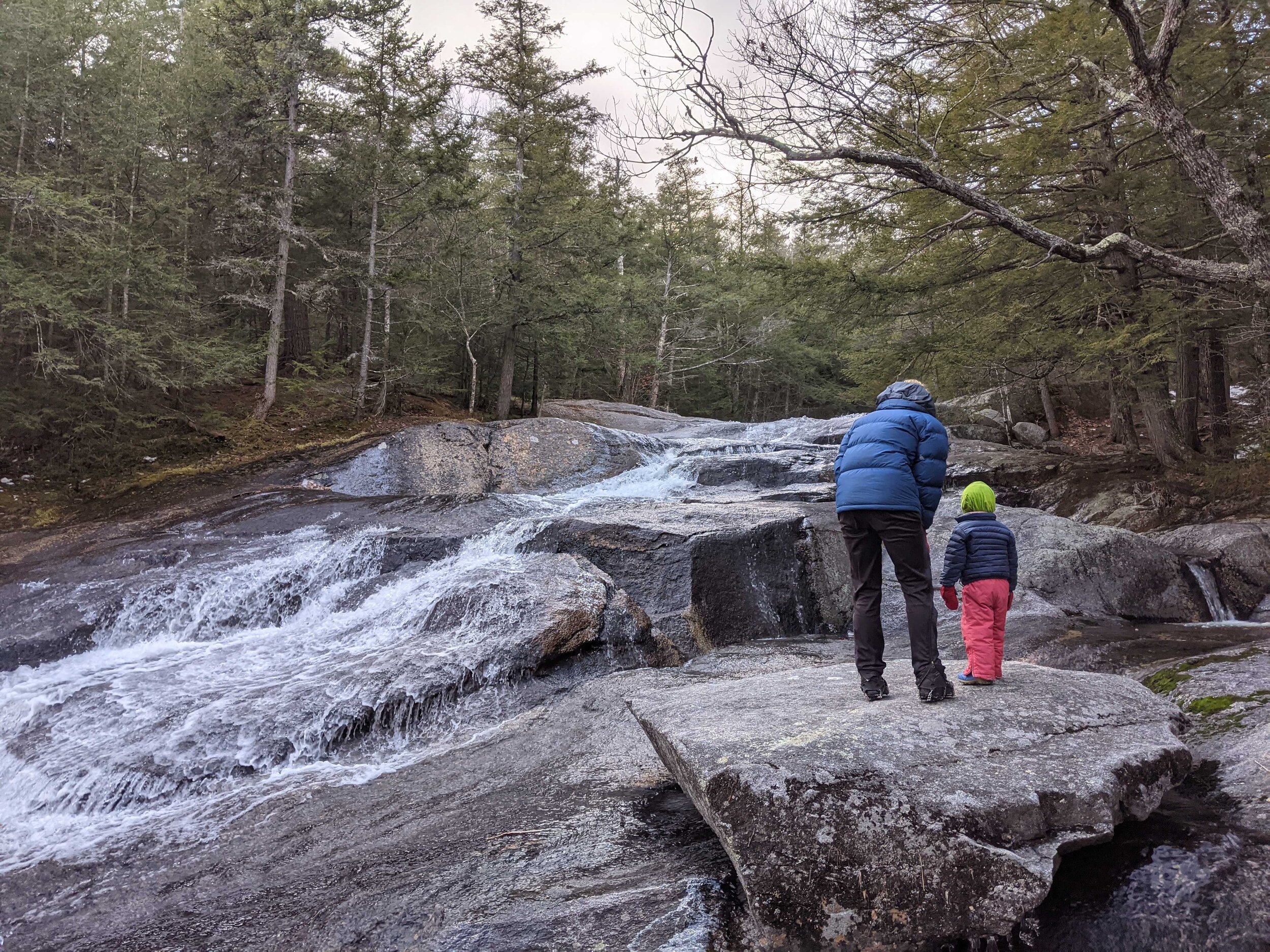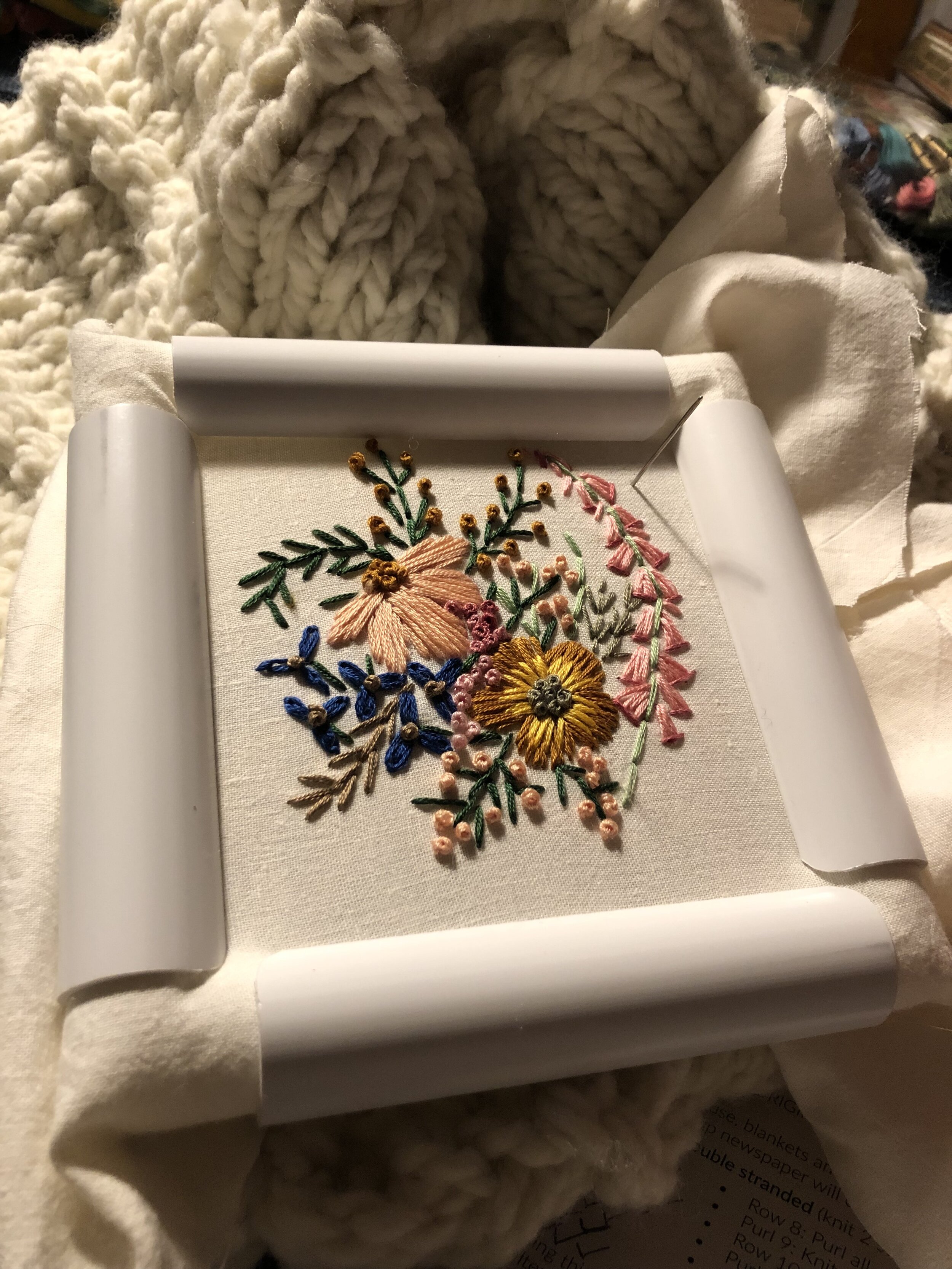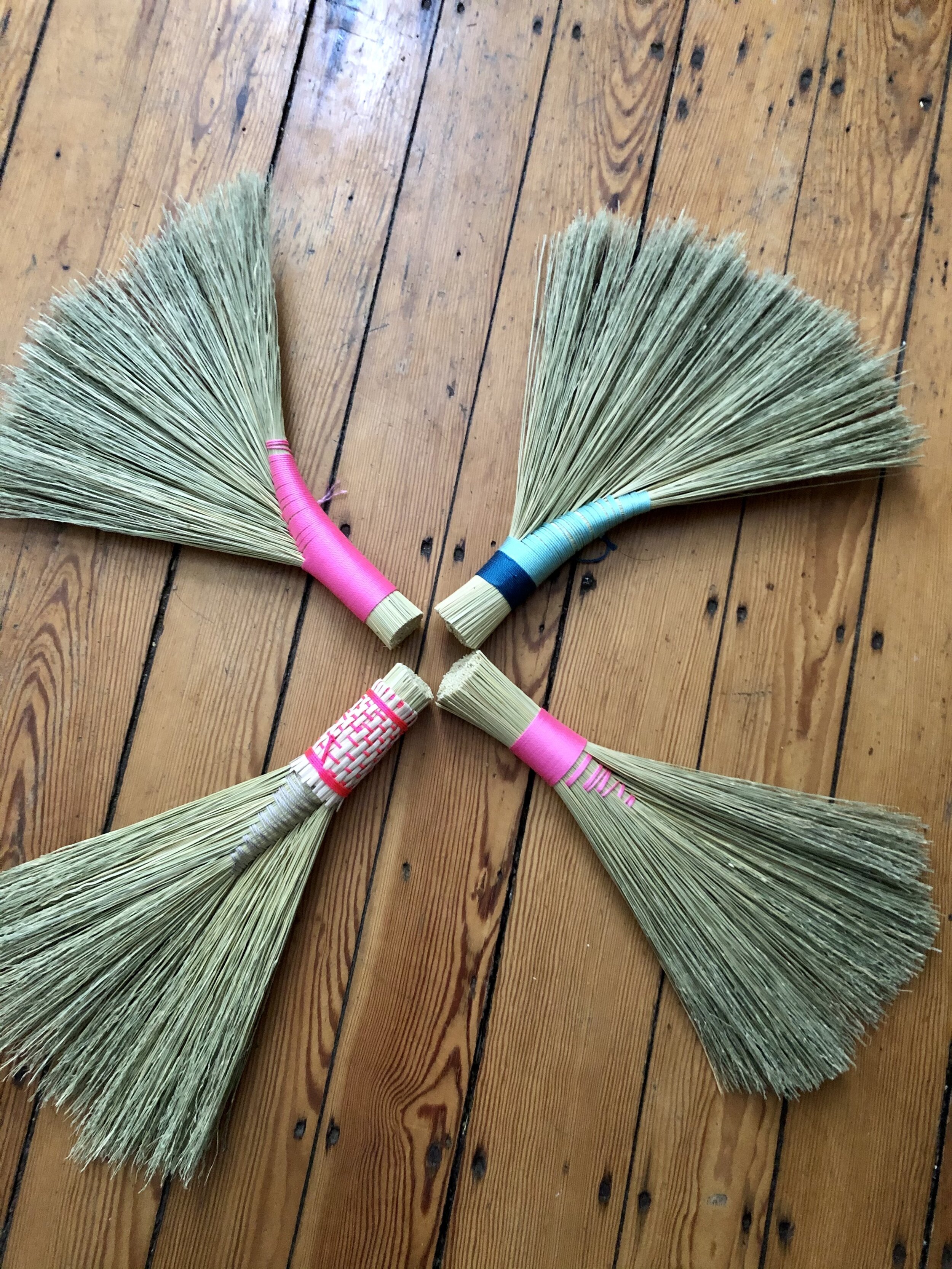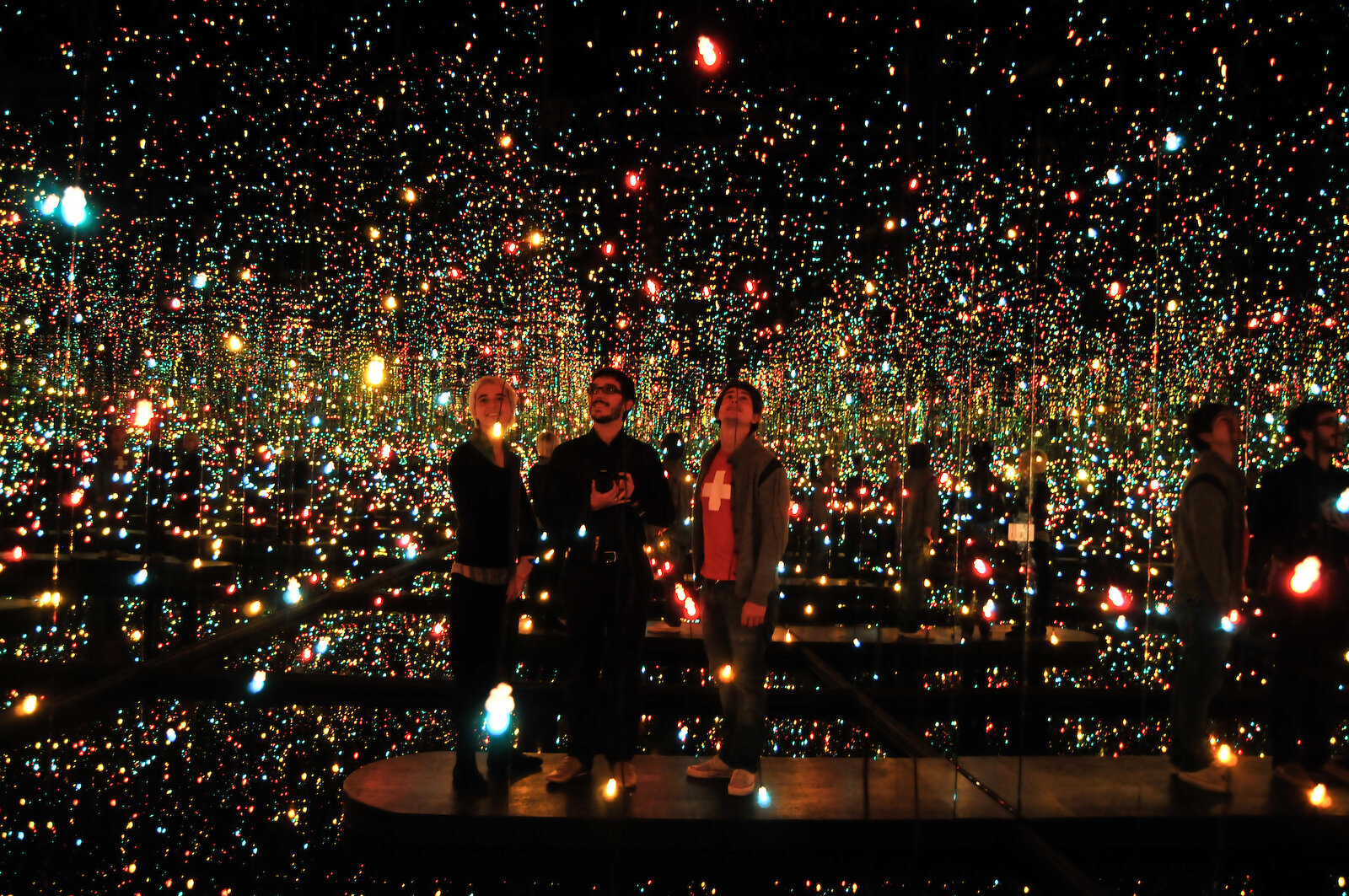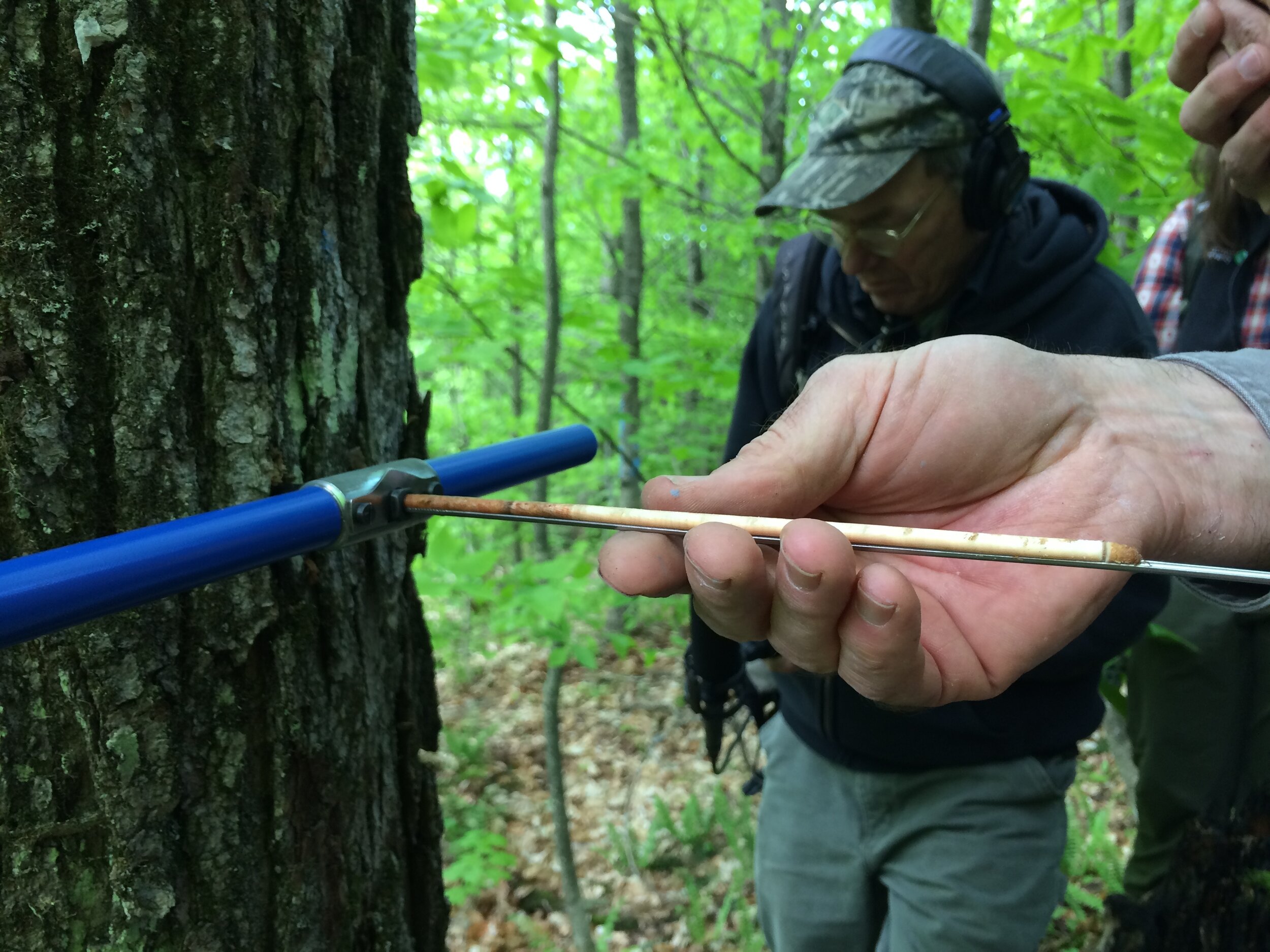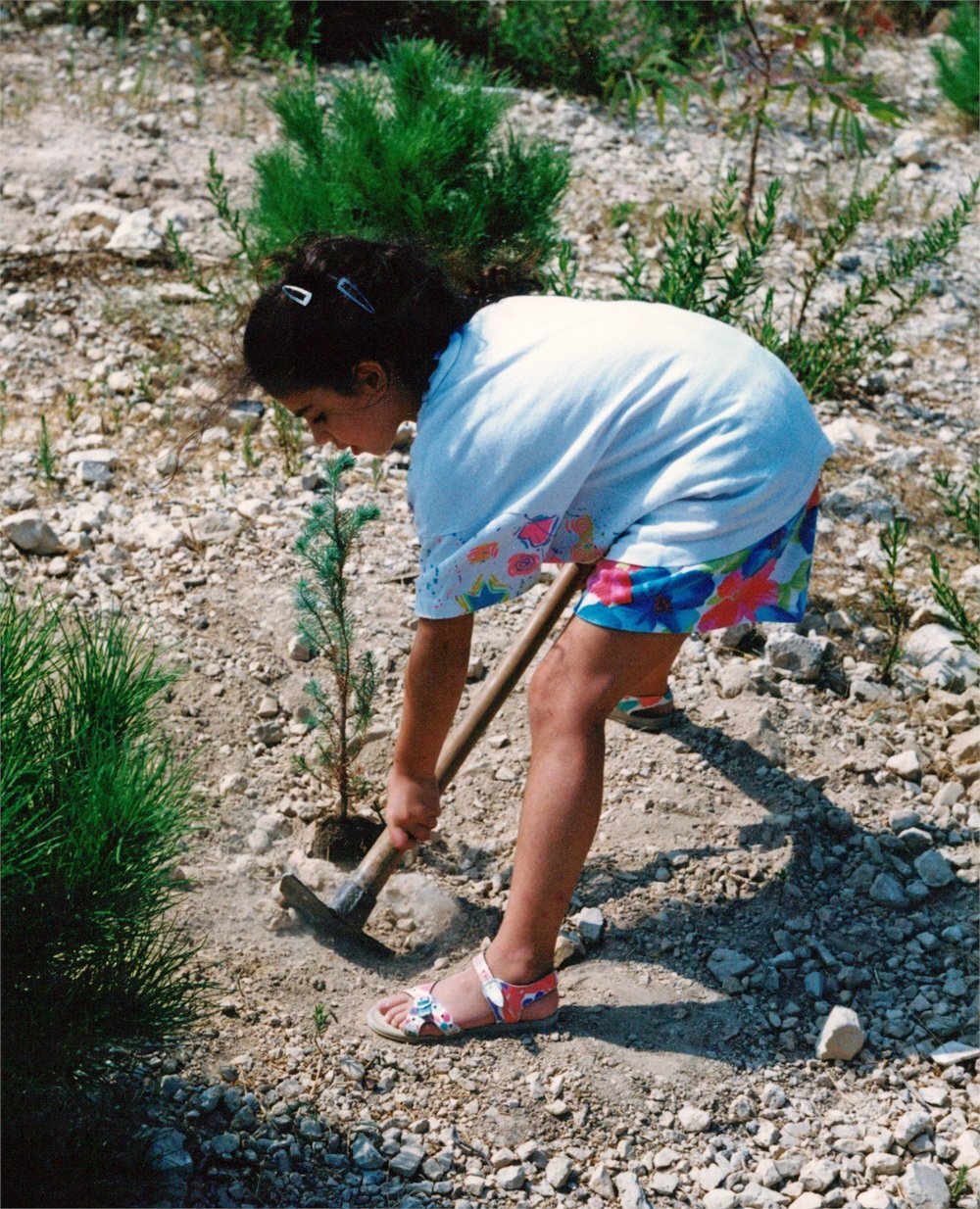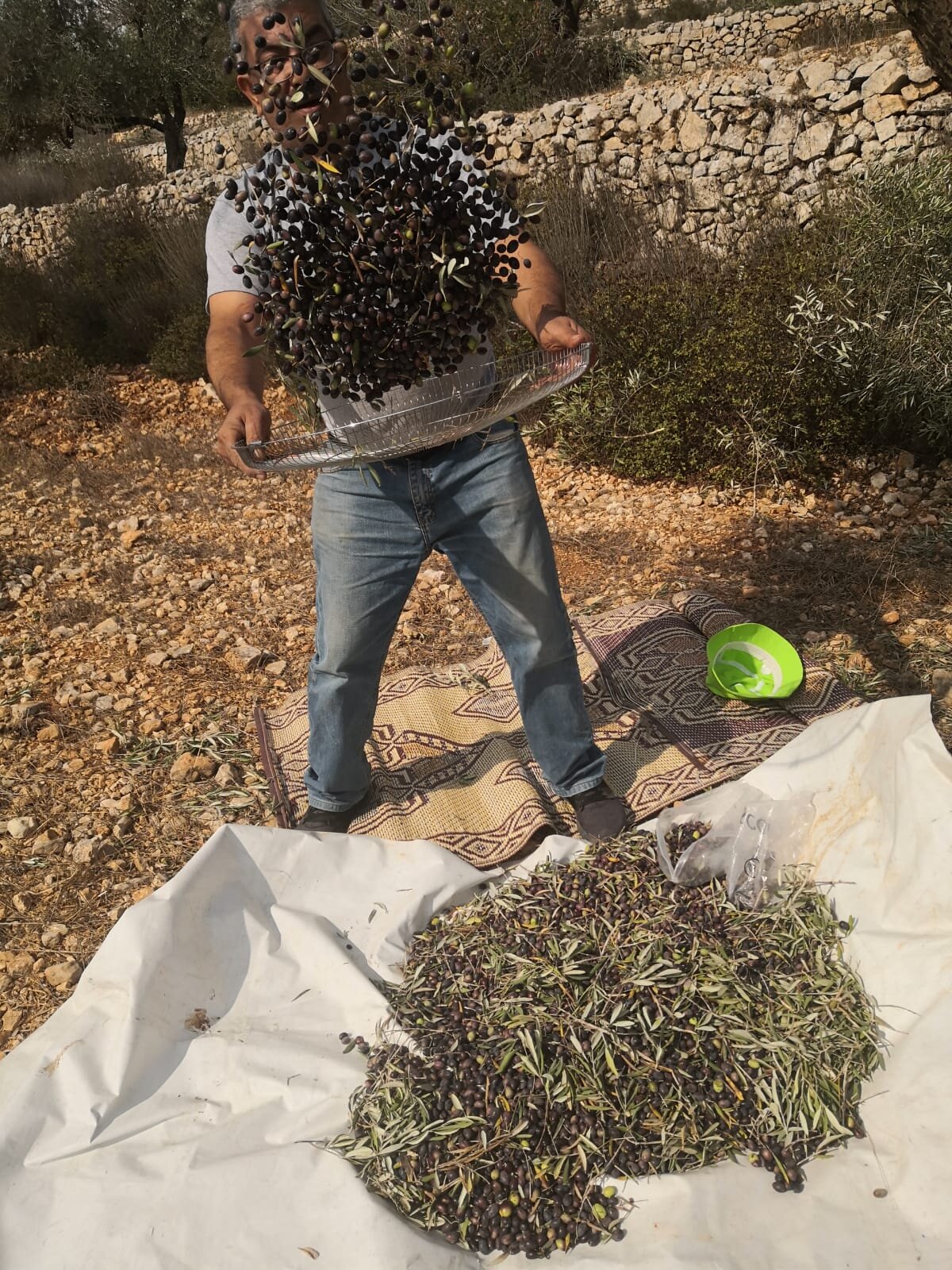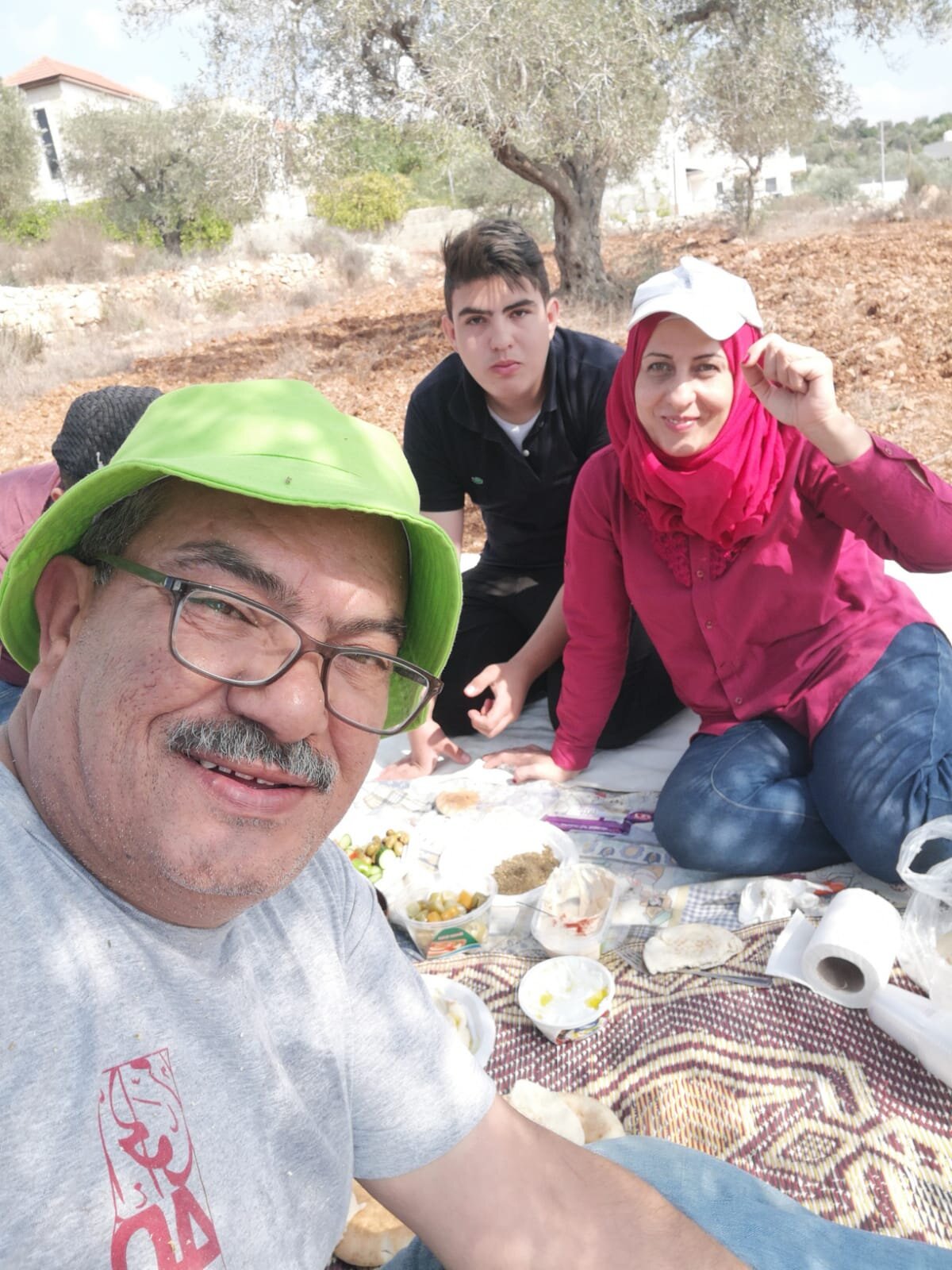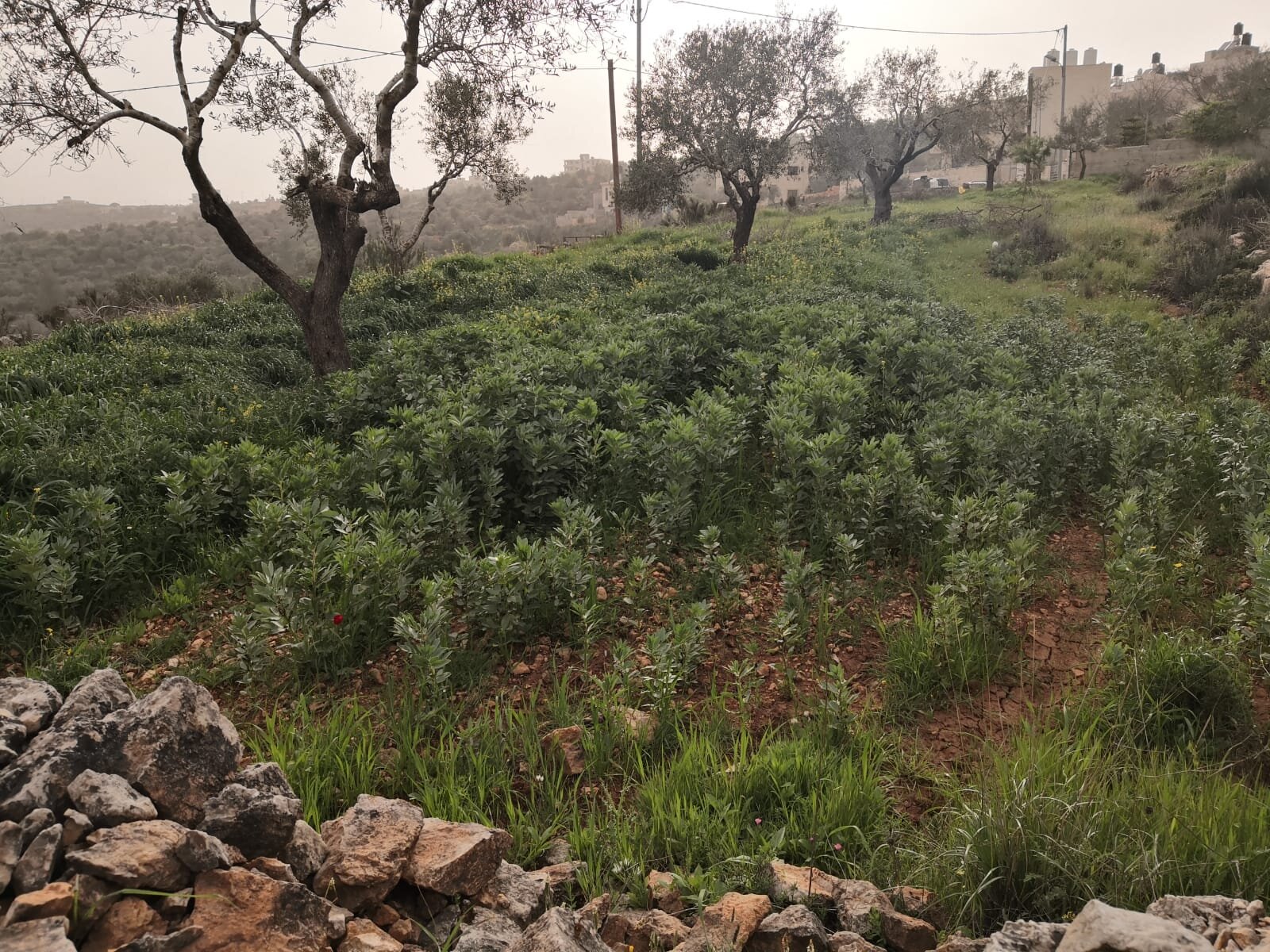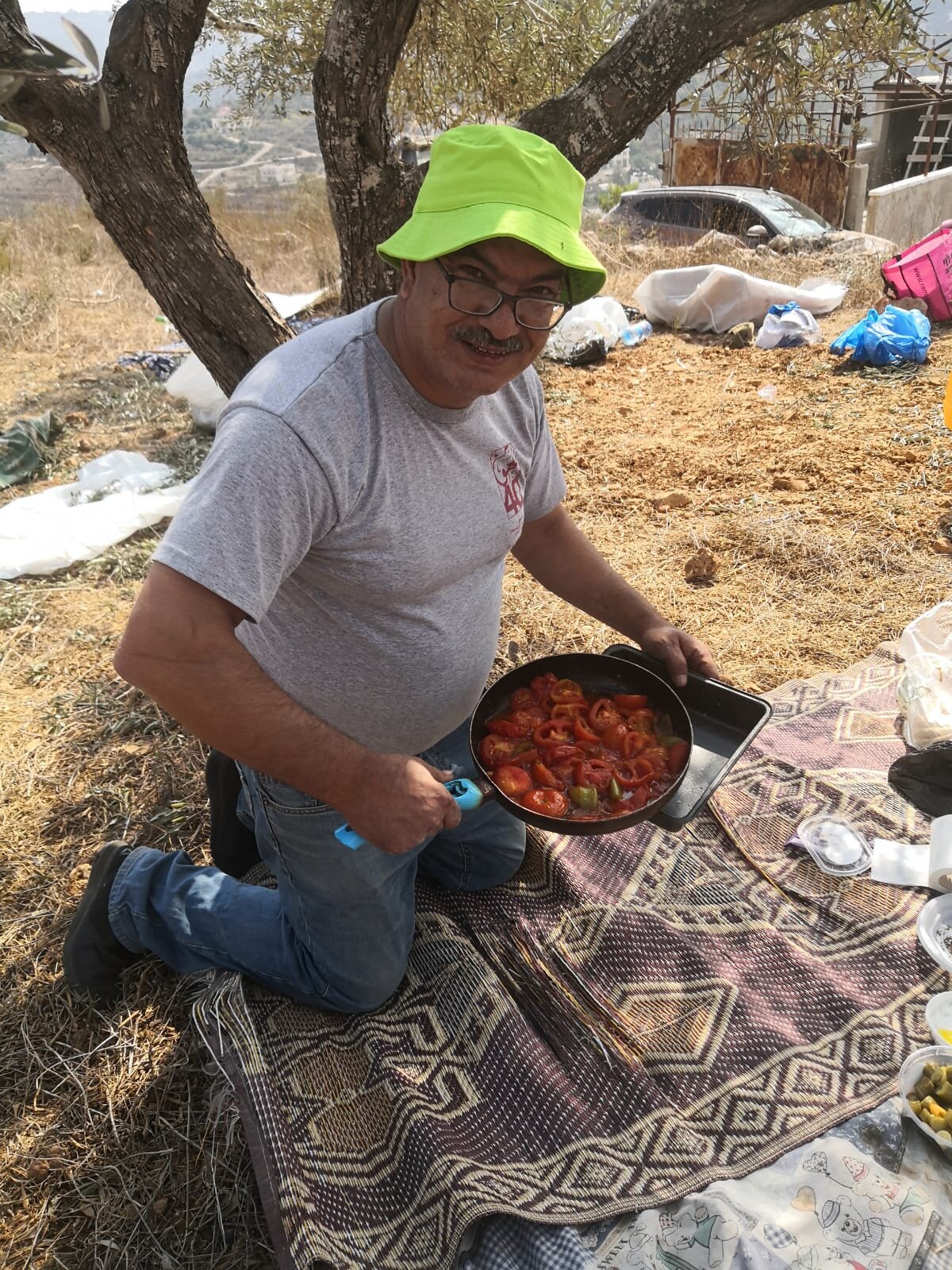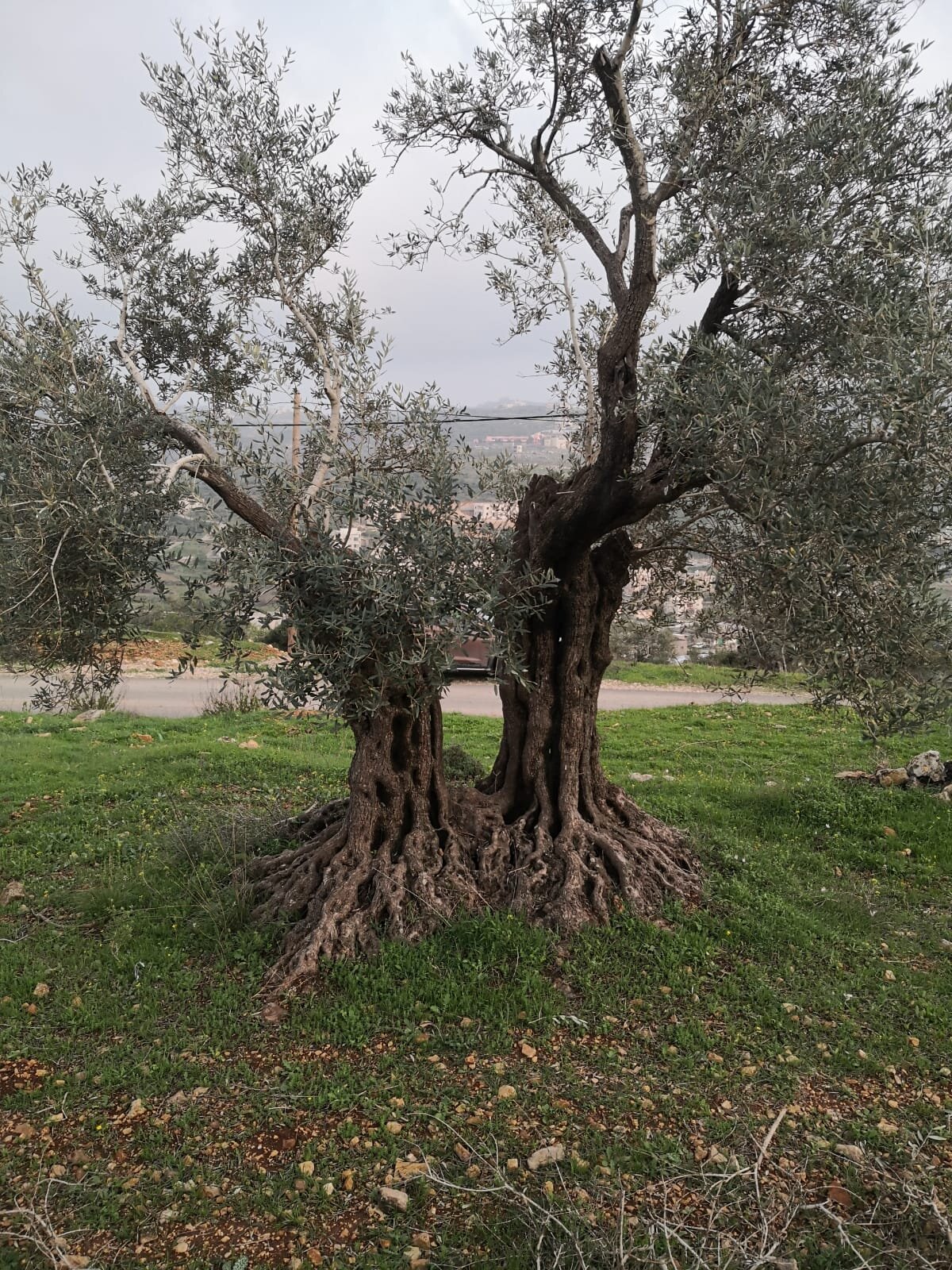Thin Green Line
“Cops presents a world that is much more violent than the real world and much scarier than the real world,” said Dan Taberski, host of Running from COPS, a podcast series investigating the long-running TV show that follows police officers on the job. Taberski and a team of screeners watched and took notes on 846 episodes of the show.
"Three times the amount of violent crime, four times the amount of drug crime, ten times the amount of prostitution. It also presents a world where the police if much more effective than they really are. So if they pull somebody over, it ends up in arrest something like 90% of time.”
Part of the reason this is significant is that police have editing power on COPS, which means the show provides insight into how police officers want to be seen by an American audience.
There’s another show that uses the same model - same reality TV style, same oversight - called North Woods Law. It follows state conservation officers employed by New Hampshire’s Fish & Game Department. But on North Woods Law, you’re more likely to see an injured loon than an honest-to-goodness arrest.
If COPS presents a world more dangerous than reality, North Woods Law presents something else. But what?
Producer Taylor Quimby makes his report on watching North Woods Law in hopes of gaining a better understanding on the purpose and the role of conservation law enforcement.
Featuring Jamiles Lartey, William Browne, Erika Billerbeck, Colin Woodard, Colonel Kevin Jordan, Dan Taberski, and Scott Rouleau.
For more on the history of policing in America, we highly recommend “American Police” from NPR’s Throughline.
Editor’s Note: A previous version of this story stated incorrectly that, “the Adirondack Park was created, in part, to protect the watershed of New York City”. The Adirondack Park was in fact created (in part) to protect the watershed of New York state, and various waterways that were a vital part of the state’s economy at the time.
Credits
Outside/In was produced this week by Taylor Quimby with Justine Paradis and Sam Evans-Brown.
Erika Janik is our executive producer.
Our theme music is by Breakmaster Cylinder.
Additional music by Blue Dot Sessions.
Special thanks to Jenny Palomino, Meredith Gore, Charles Huyck, David Sykes, John Sigler, Tim Huss, and Karl Jacoby.
If you’ve got a question for our Ask Sam hotline, give us a call! We’re always looking for rabbit holes to dive down into. Leave us a voicemail at: 1-844-GO-OTTER (844-466-8837). Don’t forget to leave a number so we can call you back.

